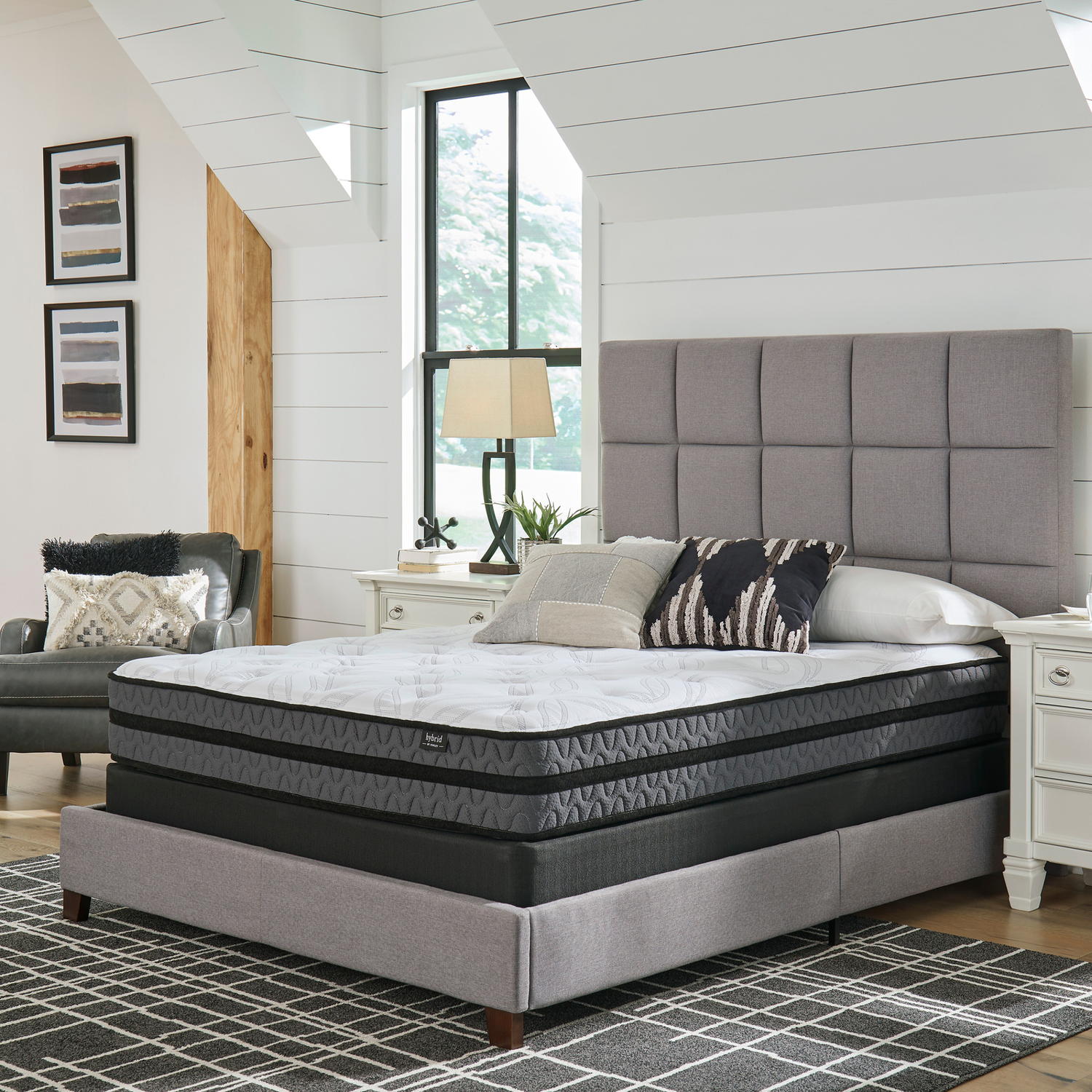All Categories
Featured
When embellishing a home, choosing the ideal furnishings design plays a crucial function in forming the atmosphere of a room. Two of the most prominent furnishings designs are standard and modern, each with its distinct characteristics.
Conventional Furnishings: Standard furniture welcomes luxuriant designs, detailed makings, and classic types influenced by past historical periods. Typical furnishings has an official, sophisticated look, and the focus is on fine workmanship.
![]()
Conventional Furniture: Traditional furniture is known for its use rich, top quality materials such as solid wood, natural leather, and natural fabrics. Pieces are usually constructed from woods like mahogany, cherry, or oak, which are thoroughly crafted to develop detailed information and finishes. Traditional furniture surfaces tend to be refined and dark, giving items a sense of weight and high-end. Furniture usually includes abundant textiles like velvet, brocade, or silk, which include in the luxury and convenience of typical designs.
Standard Furniture: Typical furniture often makes use of deeper, richer shades that stimulate a feeling of heat and beauty. Natural tones like deep browns, wine reds, golds, and woodland environment-friendlies are typically seen in typical home furnishings. These shades include a feeling of comfort and richness to the space. Additionally, patterns are regularly made use of in conventional furniture, such as floral prints, stripes, or damask, adding deepness and appearance to the room's layout.
![]()
Standard Furnishings: While comfort is crucial in typical furnishings, it is not constantly the primary focus. Conventional furniture stresses high-end and style, commonly including cushioned seating and thick furniture.
![]()
Conventional Furniture: Typical furnishings tends to stand apart more in an area due to its luxuriant and timeless layout aspects. It functions well in even more formal settings, such as a classic living space, a study, or a dining-room. While it can be mixed with contemporary elements for an updated look, conventional furnishings normally keeps its own identity and can really feel leading within a room. This design often thrives in huge, stately areas with a feeling of magnificence.
Traditional Furnishings: Typical furniture is built to last and never heads out of design. Its timeless styles have actually endured the examination of time, and the top quality of products and craftsmanship make certain that these items are given through generations. For home owners trying to find withstanding, timeless furnishings that keeps its value and appeal, typical pieces are an excellent financial investment. The resilience and craftsmanship of traditional furniture make sure that it maintains its beauty and appeal for several years.
Conclusion. Eventually, the option in between contemporary and typical furniture comes down to your personal preferences and the kind of ambience you desire to create in your house. Contemporary furniture is smooth, functional, and adaptable to present trends, while standard furnishings is ageless, lavish, and focused on detailed details. By understanding the essential distinctions in between these 2 designs, you can much better curate a home that reflects your preference, way of life, and the setting you desire.
- Design and Shape. Contemporary Furnishings: Contemporary furniture is understood for its streamlined, minimal layouts that prioritize simplicity and functionality. The lines are sharp and often tidy, with an emphasis on geometric forms and smooth, smooth surface areas. This style reflects the fads of today and is ever-evolving. Therefore, modern furnishings can integrate aspects from various periods, making it highly functional. Typical functions include inconspicuous designs, open areas, and furnishings that has a tendency to have a structured look.
Conventional Furnishings: Standard furniture welcomes luxuriant designs, detailed makings, and classic types influenced by past historical periods. Typical furnishings has an official, sophisticated look, and the focus is on fine workmanship.

- Materials and Finishes. Contemporary Furniture: Contemporary furniture uses a diverse range of materials, including wood, glass, metal, acrylic, and occasionally natural leather. While modern furnishings does consist of wood, the materials have a tendency to be lighter and much less ornate contrasted to conventional pieces.
Conventional Furniture: Traditional furniture is known for its use rich, top quality materials such as solid wood, natural leather, and natural fabrics. Pieces are usually constructed from woods like mahogany, cherry, or oak, which are thoroughly crafted to develop detailed information and finishes. Traditional furniture surfaces tend to be refined and dark, giving items a sense of weight and high-end. Furniture usually includes abundant textiles like velvet, brocade, or silk, which include in the luxury and convenience of typical designs.
- Color Combination. Contemporary Furniture: Contemporary furniture embraces neutral, downplayed colors, with tones like white, grey, black, and off-white generally featured. These shades help create a roomy, airy feeling that permits versatility in designing. Bold accent shades are typically included to make a statement, such as intense throw cushions, carpets, or art work. The color palette in contemporary furnishings is commonly kept basic to allow various other layout elements to radiate, developing a well balanced and cohesive area.
Standard Furniture: Typical furniture often makes use of deeper, richer shades that stimulate a feeling of heat and beauty. Natural tones like deep browns, wine reds, golds, and woodland environment-friendlies are typically seen in typical home furnishings. These shades include a feeling of comfort and richness to the space. Additionally, patterns are regularly made use of in conventional furniture, such as floral prints, stripes, or damask, adding deepness and appearance to the room's layout.
- Convenience and Functionality. Contemporary Furnishings: Performance is a central element of contemporary furniture. Contemporary furnishings also has a tendency to have less decoration, which permits it to blend perfectly into different kinds of rooms without overpowering the room.

Standard Furnishings: While comfort is crucial in typical furnishings, it is not constantly the primary focus. Conventional furniture stresses high-end and style, commonly including cushioned seating and thick furniture.
- Design Combination. Contemporary Furnishings: Contemporary furnishings is created to fit with the fads of the time, and as a result, it works well in modern-day and minimalist spaces. Considering that contemporary furnishings accepts simpleness, it can likewise be integrated with even more typical items to create an eclectic look.

Conventional Furniture: Typical furnishings tends to stand apart more in an area due to its luxuriant and timeless layout aspects. It functions well in even more formal settings, such as a classic living space, a study, or a dining-room. While it can be mixed with contemporary elements for an updated look, conventional furnishings normally keeps its own identity and can really feel leading within a room. This design often thrives in huge, stately areas with a feeling of magnificence.
- Long life and Eternity. Contemporary Furnishings: Contemporary furnishings, as a result of its link to existing style patterns, can in some cases really feel dated as fads progress. Its clean, minimalist aesthetic and use of top notch materials frequently guarantee it remains pertinent for several years, especially when it concentrates on timeless modernist elements. While modern furnishings may not have the very same historic weight as standard items, it can still stand the examination of time with its versatility and ongoing adjustment to brand-new fads.
Traditional Furnishings: Typical furniture is built to last and never heads out of design. Its timeless styles have actually endured the examination of time, and the top quality of products and craftsmanship make certain that these items are given through generations. For home owners trying to find withstanding, timeless furnishings that keeps its value and appeal, typical pieces are an excellent financial investment. The resilience and craftsmanship of traditional furniture make sure that it maintains its beauty and appeal for several years.
Conclusion. Eventually, the option in between contemporary and typical furniture comes down to your personal preferences and the kind of ambience you desire to create in your house. Contemporary furniture is smooth, functional, and adaptable to present trends, while standard furnishings is ageless, lavish, and focused on detailed details. By understanding the essential distinctions in between these 2 designs, you can much better curate a home that reflects your preference, way of life, and the setting you desire.
Latest Posts
Rapid Auto Service - Reserve Your Spot with Montclare Auto Repair Now
Published Apr 19, 25
2 min read
Empowering Youth with WyHy's Monetary Tools
Published Apr 19, 25
1 min read
Why Yesterday's Creekside Tavern is the Perfect Spot for Your Following Evening Out
Published Apr 19, 25
2 min read
More
Latest Posts
Rapid Auto Service - Reserve Your Spot with Montclare Auto Repair Now
Published Apr 19, 25
2 min read
Empowering Youth with WyHy's Monetary Tools
Published Apr 19, 25
1 min read
Why Yesterday's Creekside Tavern is the Perfect Spot for Your Following Evening Out
Published Apr 19, 25
2 min read